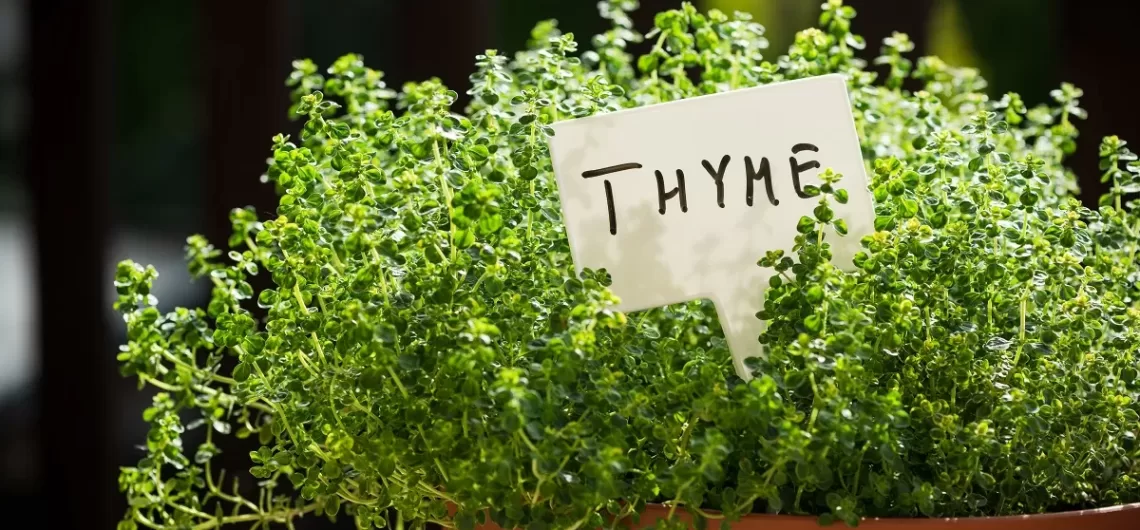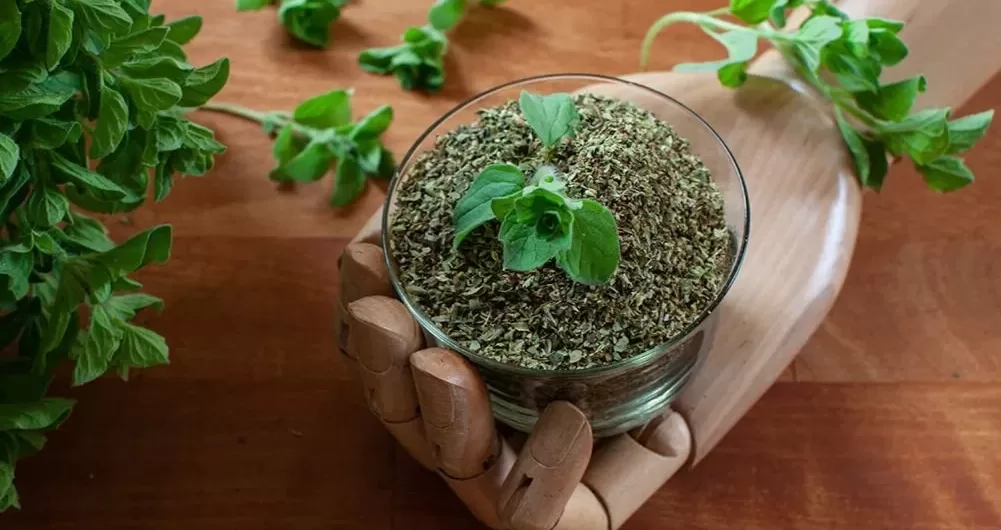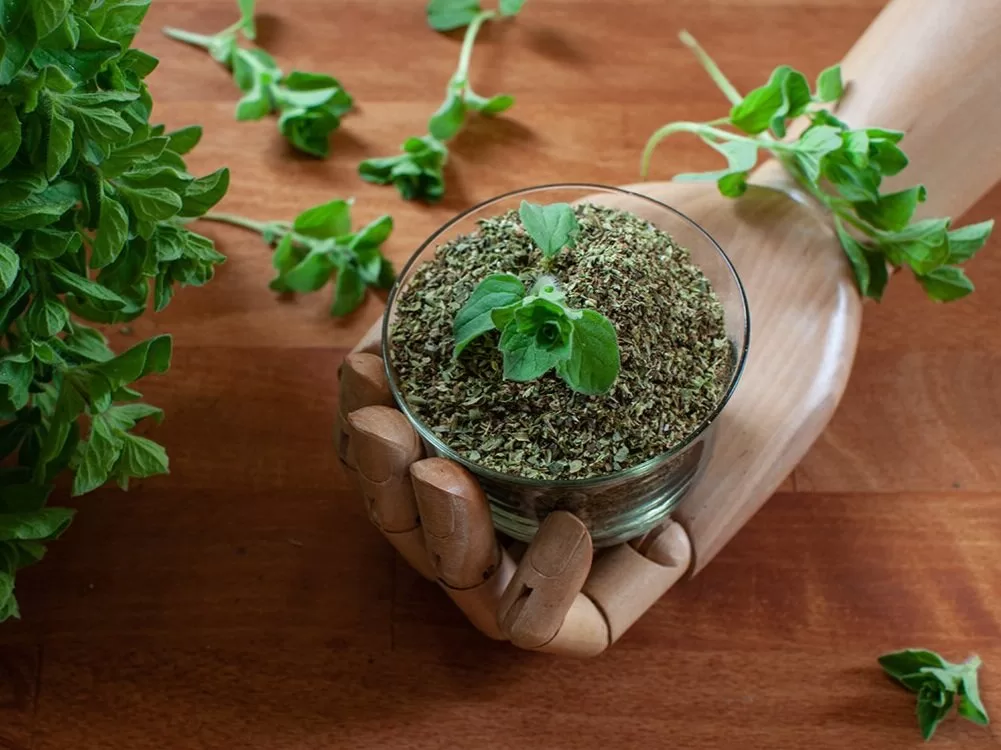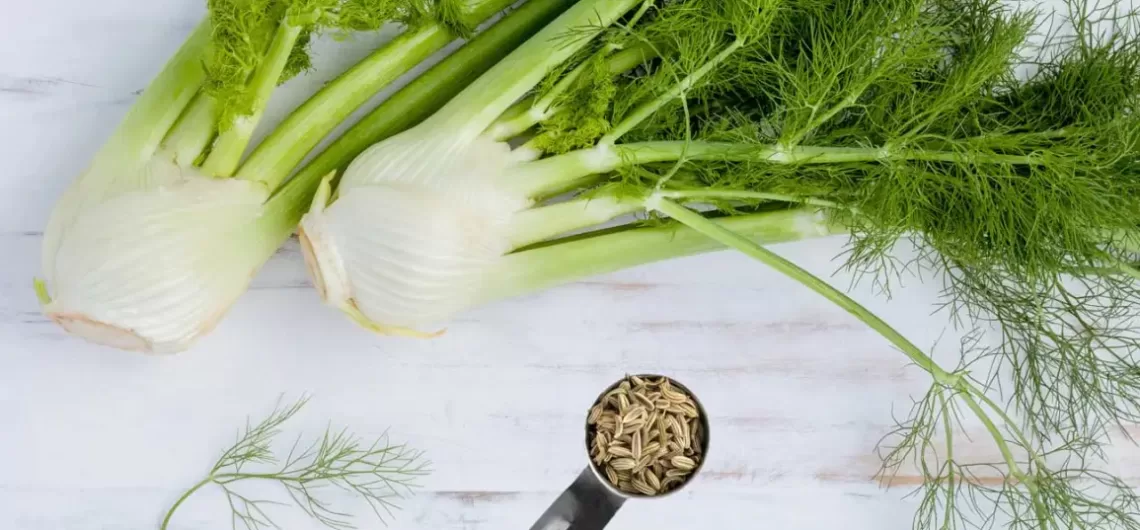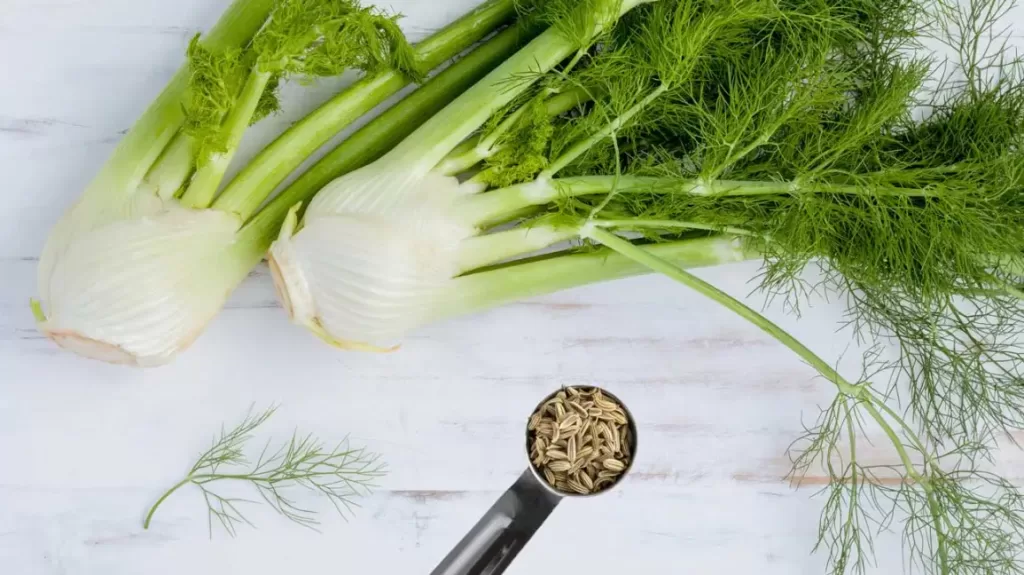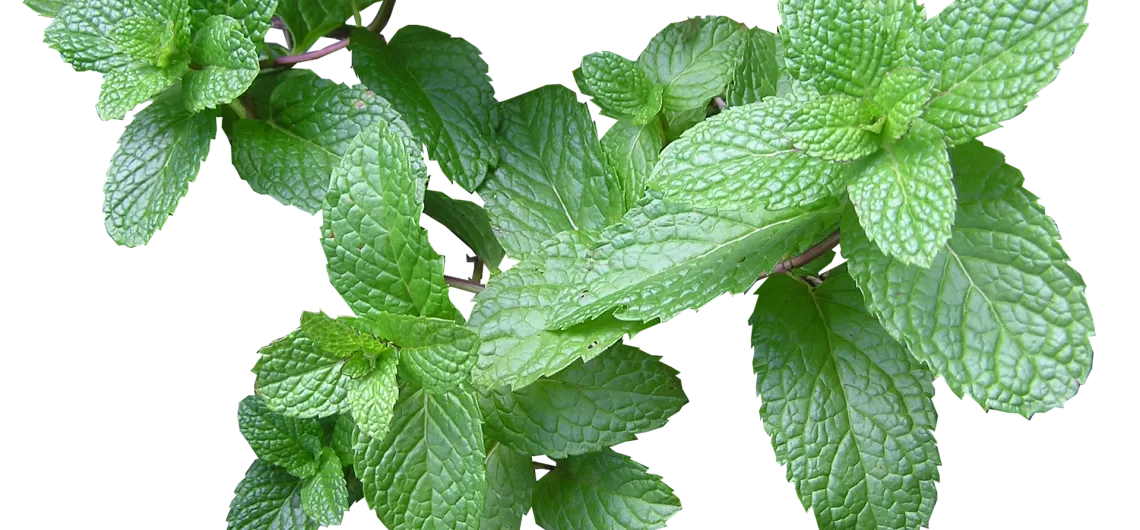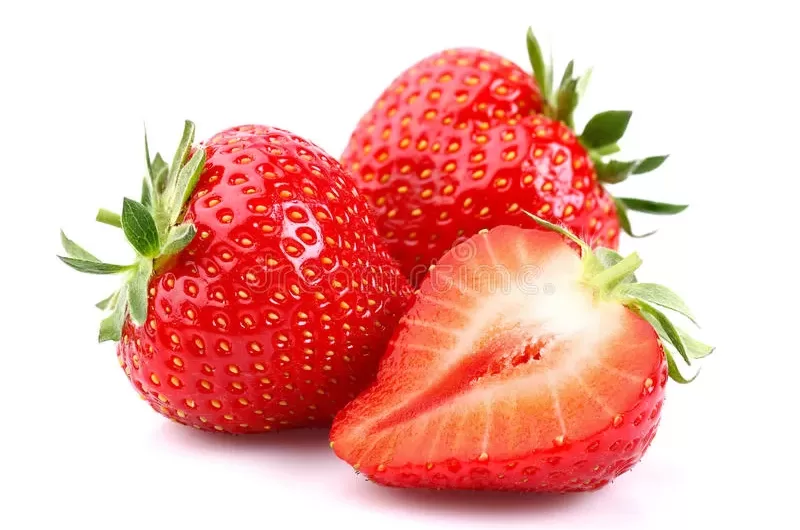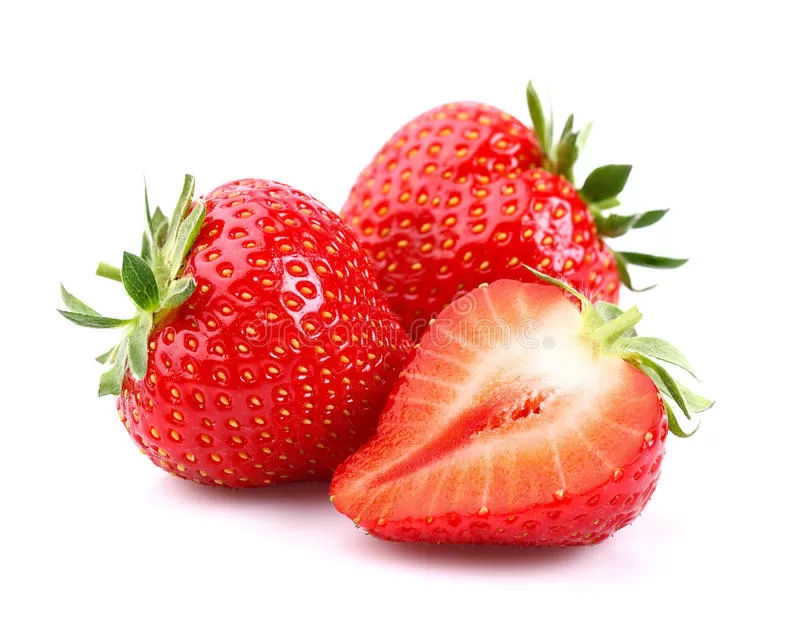The Origin of Thyme
Thyme is an aromatic herb that is native to the Mediterranean region, including southern Europe, North Africa, and parts of Asia. It has been used for culinary, medicinal, and cultural purposes for thousands of years.

The ancient Egyptians used thyme for embalming, and the ancient Greeks and Romans used it for medicinal purposes, as well as to flavor food and wine. In medieval Europe, thyme was a common ingredient in recipes for meat and fish dishes, and it was also used as a strewing herb to freshen the air in homes and public places.
Today, thyme is widely cultivated and used in many parts of the world, and there are many different varieties and cultivars of thyme with varying flavors and aromas. Some of the most popular varieties include English , lemon, and French thyme.
Uses
Thyme is a versatile herb that has been used in cooking, medicine, and cosmetics for centuries. Here are some common uses of thyme:
- Culinary use: Is used as a seasoning for a variety of dishes, including soups, stews, sauces, marinades, and roasted meats. It adds a savory, earthy flavor to food and pairs well with other herbs like rosemary, sage, and oregano.
- Medicinal use: Contains compounds that have antimicrobial, anti-inflammatory, and antioxidant properties. It has been used in traditional medicine to treat coughs, sore throats, bronchitis, and other respiratory infections. It may also help improve digestion and relieve menstrual cramps.
- Aromatherapy: Essential oil is used in aromatherapy to promote relaxation, reduce stress and anxiety, and improve mood.
- Cosmetics: It is a common ingredient in skincare products due to its antibacterial and antioxidant properties. It can help soothe skin irritations, improve skin tone, and reduce acne.
- Pest control: Its oil is an effective natural insecticide that can repel insects like mosquitoes, flies, and ants. It can also be used to control fungal infections in plants.
- Ornamental use: It is a popular garden plant that adds color and fragrance to landscaping. It is also used in potpourri and other decorative arrangements.
Recipe
Here’s a simple recipe using thyme:
Roasted Garlic and Thyme Chicken
Ingredients:
- 4 chicken breasts, boneless and skinless
- 1 head of garlic, top trimmed off
- 1 tablespoon fresh thyme leaves
- 2 tablespoons olive oil
- Salt and pepper
Instructions:
- Preheat your oven to 375°F (190°C).
- Place the chicken breasts in a baking dish and season with salt and pepper.
- Drizzle the olive oil over the chicken and toss to coat.
- Place the head of garlic in the baking dish next to the chicken.
- Sprinkle the thyme leaves over the chicken and garlic.
- Cover the baking dish with foil and roast for 30 minutes.
- Remove the foil and continue roasting for another 20-25 minutes, until the chicken is cooked through and golden brown.
- Squeeze the roasted garlic cloves out of their skins and serve with the chicken.
Enjoy your delicious and flavorful roasted garlic and thyme chicken!
